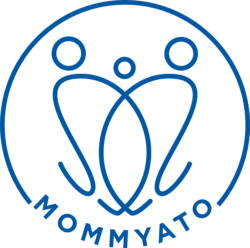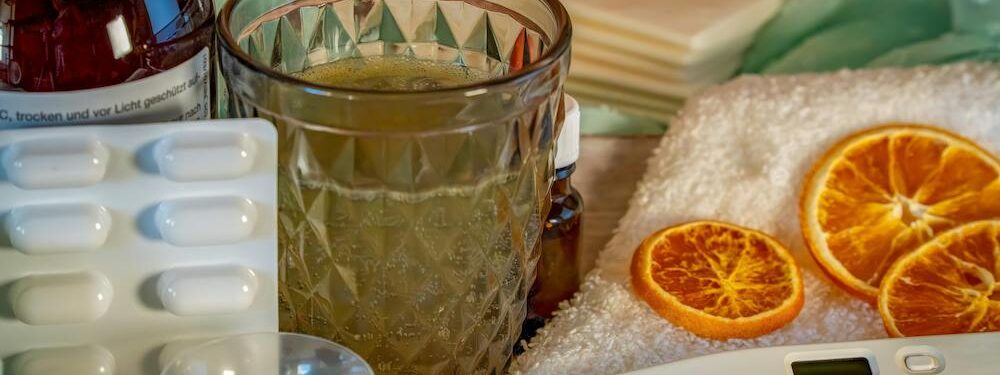The Benefits of Colostrum: Liquid Gold
Feeding your baby colostrum in the first hour of life gives your baby the best start in life.² If you’re a first time Mama or never breastfed your baby before, you may be wondering what colostrum is. And, why is it so amazing that it’s frequently called “Liquid Gold?” Colostrum is a liquid that comes from the nipples right after giving birth. It can range from watery to thick, from clear to yellow to white in color. When your milk comes in around day 3 or 4 after birth, colostrum is still present in the milk for weeks afterward.Cervical Cancer, Pregnancy and Fertility Preservation
95% of Cervical Cancers are caused by HPV (Human Papillomavirus) mainly contracted through sex.³
What is Cervical Cancer?
Talking about cervical cancer can be scary. It’s a disease that affects women in childbearing age, which means very young to middle aged women. 95% of cervical cancer is caused by HPV (Human Papillomavirus), which is spread mainly through sexual intercourse.³What you Need to Know about Pelvic Girdle Pain during Pregnancy
Hey Mama! December 3rd is International Day of Persons with Disabilities. While pregnancy is not often associated with disability, there is one condition that affects some pregnant women and presents similar acute and enduring challenges: Pelvic Girdle Pain (PGP). Pelvic Girdle Pain is usually related to Symphysis Pubis Dysfunction (SPD). SPD happens when the ligament that joins the right and left pelvic bones becomes too soft and stretchy. The pelvic bones often lose alignment and become unstable.Top 10 Tips for Safe Toy & Gift Giving
Happy Holidays to both new and seasoned Mamas! ‘Tis the season for gift giving and no doubt you’ll be both gifting and receiving a plethora of presents this year. When it comes to the little ones though, it’s a good idea to refresh on the principles of safe toy and gift giving for children. For more information on infant safety check out Mommyato. Every year, thousands of children make a trip to the ER for toy related injuries [tip #7: riding toys are a top culprit of injuries]. So, a quick review of the basics will help avoid any unplanned trips to the hospital as well as the expense!Postpartum Pelvic Floor Dysfunction After Childbirth
Chronic pelvic pain and incontinence (leaking urine or feces) are not acceptable, long term conditions after childbirth.







